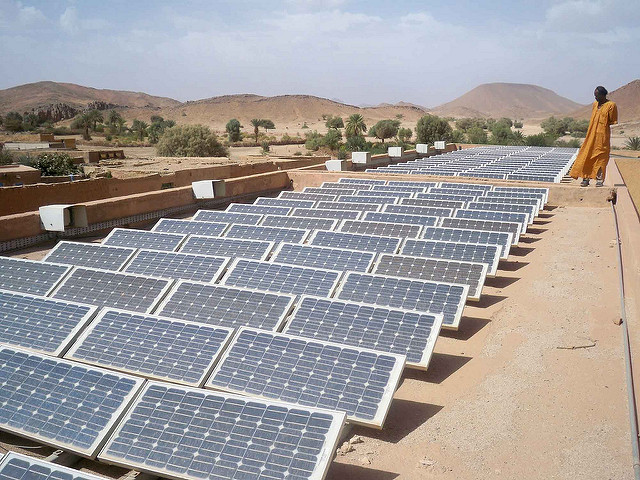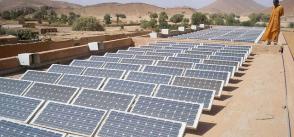
The economic case for wind and solar energy in Africa
Berkeley Lab study finds that renewable energy could be cost-effective option to meet Africa’s energy demands.
To meet skyrocketing demand for electricity, African countries may have to triple their energy output by 2030. While hydropower and fossil fuel power plants are favored approaches in some quarters, a new assessment by the Department of Energy’s Lawrence Berkeley National Laboratory (Berkeley Lab) has found that wind and solar can be economically and environmentally competitive options and can contribute significantly to the rising demand.
“Wind and solar have historically been dismissed as too expensive and temporally variable, but one of our key findings is that there are plentiful wind and solar resources in Africa that are both low-impact and cost-effective,” said Ranjit Deshmukh, one of the lead researchers of the study. “Another important finding is that with strategic siting of the renewable energy resource and with more energy trade and grid interconnections between countries, the total system cost can be lower than it would be if countries were to develop their resource in isolation without strategic siting.”
The research appeared online this week in the journal Proceedings of the National Academy of Sciences (PNAS) in an article titled, “Strategic siting and regional grid interconnections key to low-carbon futures in African countries.” The lead authors are Deshmukh and Grace C. Wu, both Berkeley Lab researchers in the Energy Technologies Area. Much of the initial research was funded by the International Renewable Energy Agency (IRENA), which is based in Abu Dhabi. Individual fellowships from the National Science Foundation and the Link Foundation to Wu and Deshmukh supported the expanded analysis on wind siting.
Read the full article by Julie Chao via Berkeley Lab.
[Photo by Magharebia | Flickr]







